Search
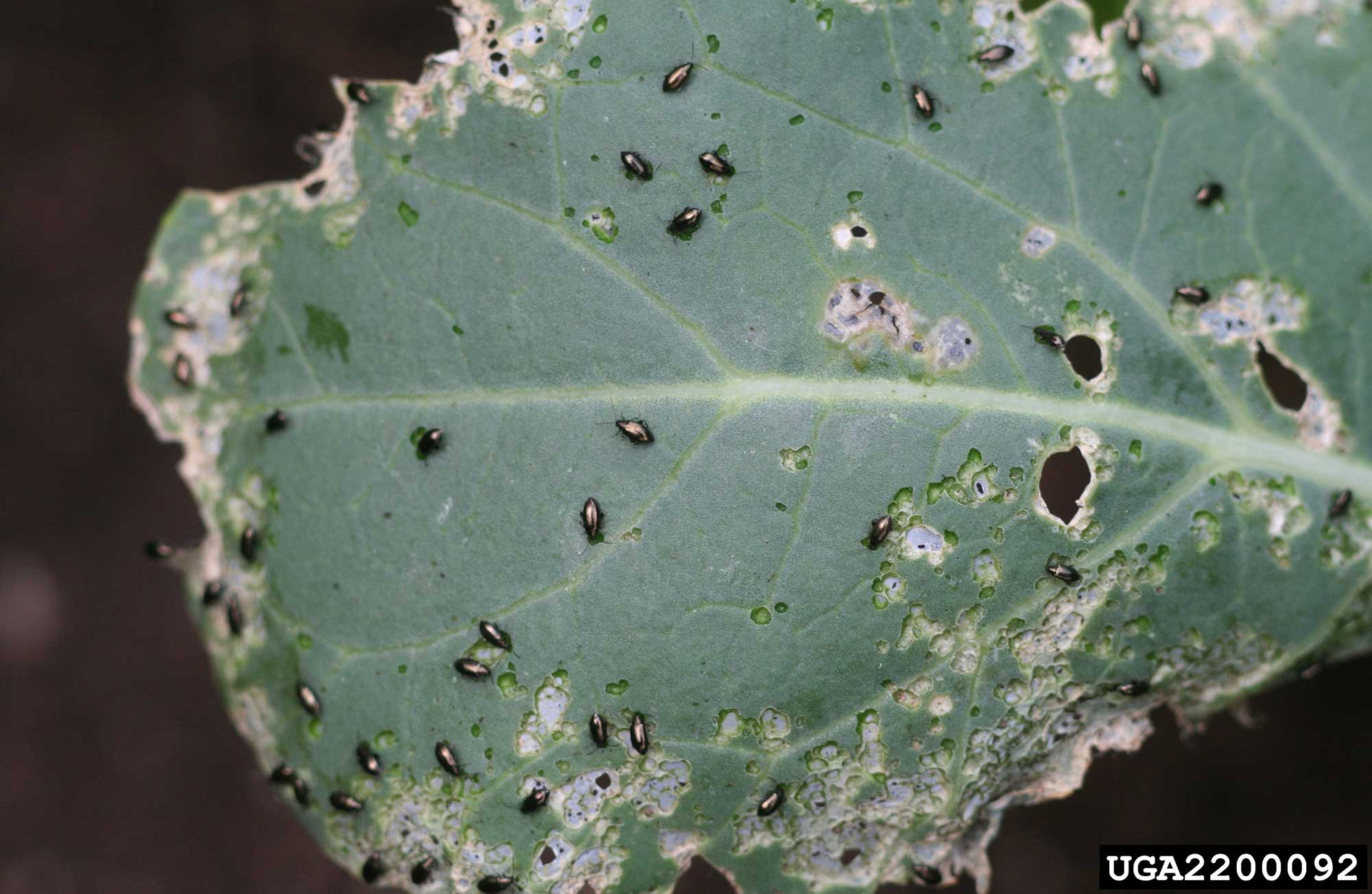
Flea Beetles in the Garden
Flea beetles have been out in full force so far this year. This group of herbivorous beetles can be a pest of many different garden plants, including tomatoes, peppers, beans, squash, lettuce and others.

Round Bale Storage Conservation
Fact sheet discussing conservation of round bale storage.

Monitor Lawns and Gardens for Bronzed Cutworm Activity
Bronzed cutworms can be an issue for lawns and gardens in South Dakota. In grass, bronzed cutworms will feed and leave small brown circular patches. Large populations of bronzed cutworm can result in severe lawn injury.
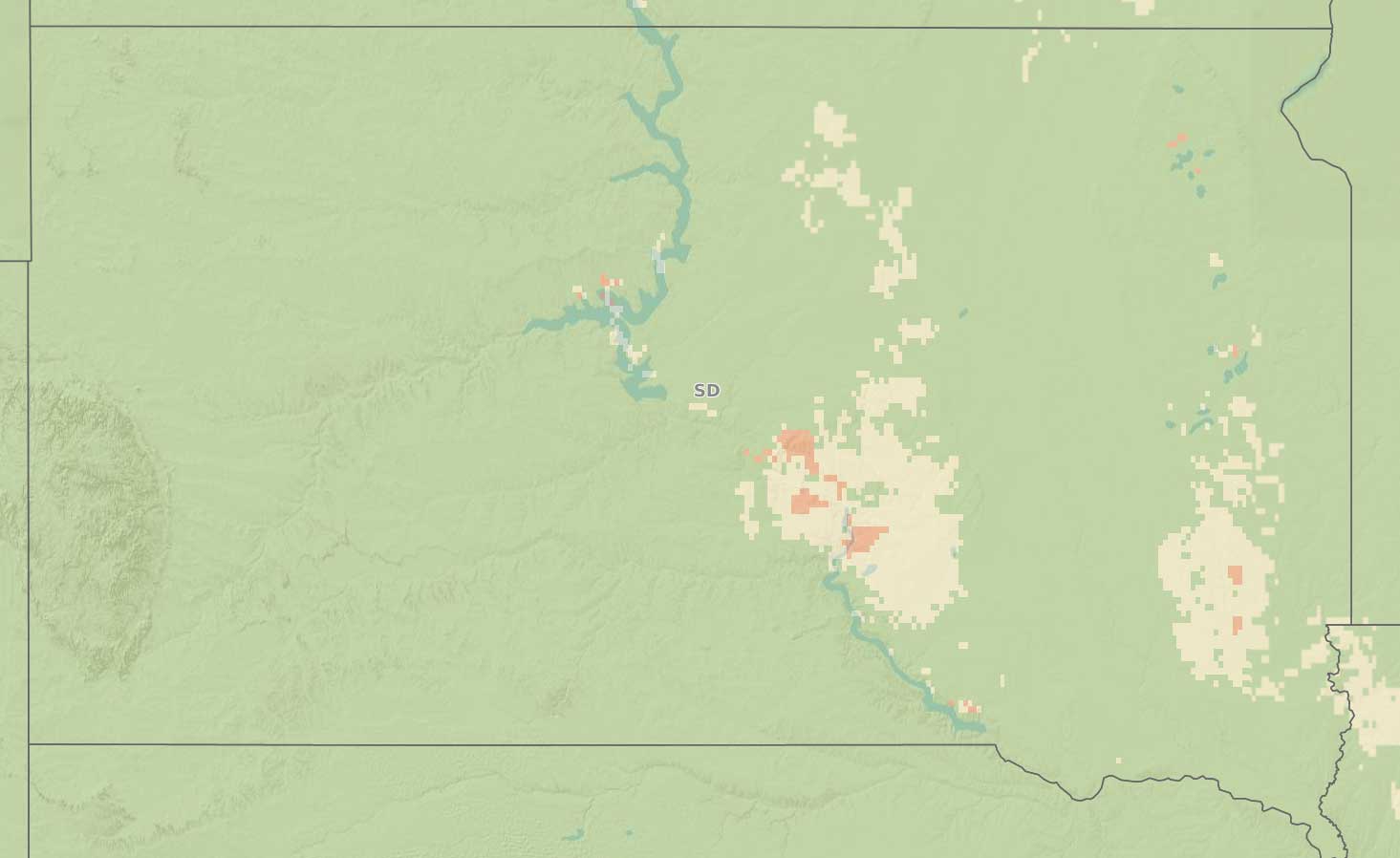
Fusarium Head Blight Predicted Risk for Spring Wheat
Most of the spring wheat is at or will soon be at flowering. One disease that can develop in wheat at this growth stage is fusarium head blight (FHB or scab).

Winter Wheat Diseases Update
Powdery mildew, fusarium head blight and leaf rust were observed in a few winter wheat fields recently scouted. The recent rainfall showers and warm temperatures have favored these diseases to develop in winter wheat.
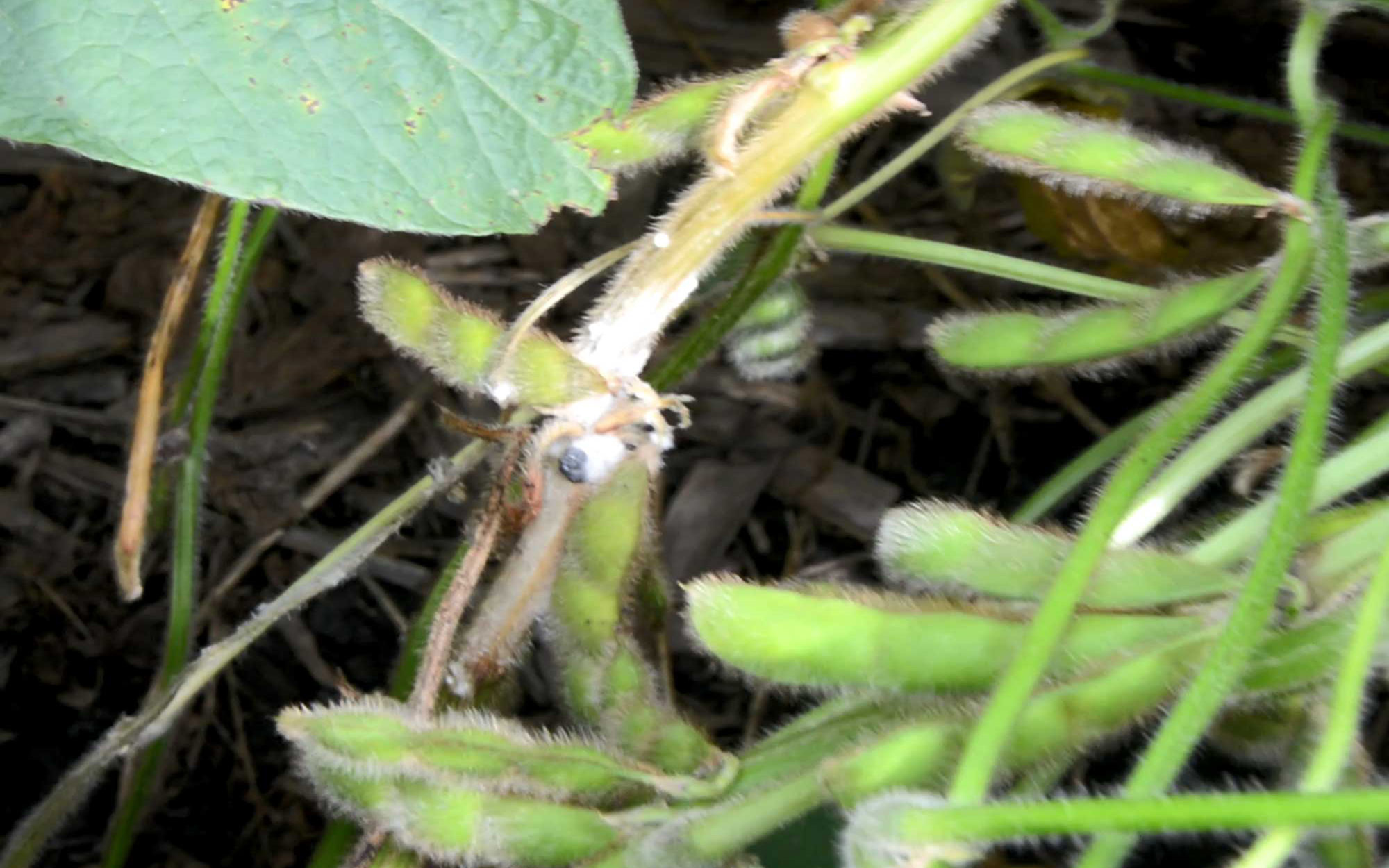
Start of Flowering Is the Ideal Time for White Mold Management in Soybeans
Some early planted soybeans are starting to flower (R1 growth stage). One soybean disease that needs to be managed at this growth stage is white mold.
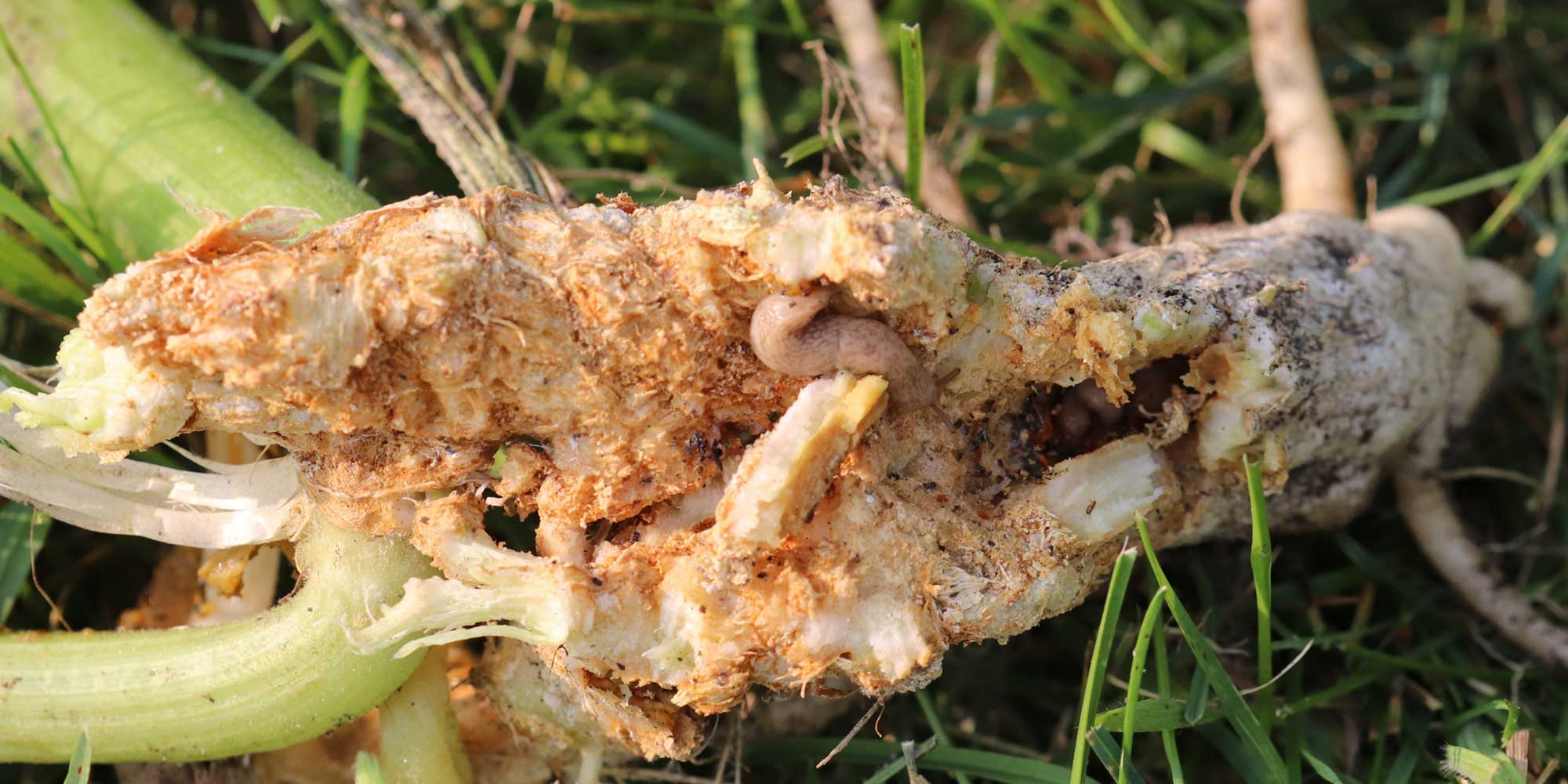
Watch Your Squash! Squash Vine Borer Moths Are Active.
Each year vine crops, including squash, zucchini and pumpkin plants, fall victim to squash vine borer larvae feeding inside their stems.
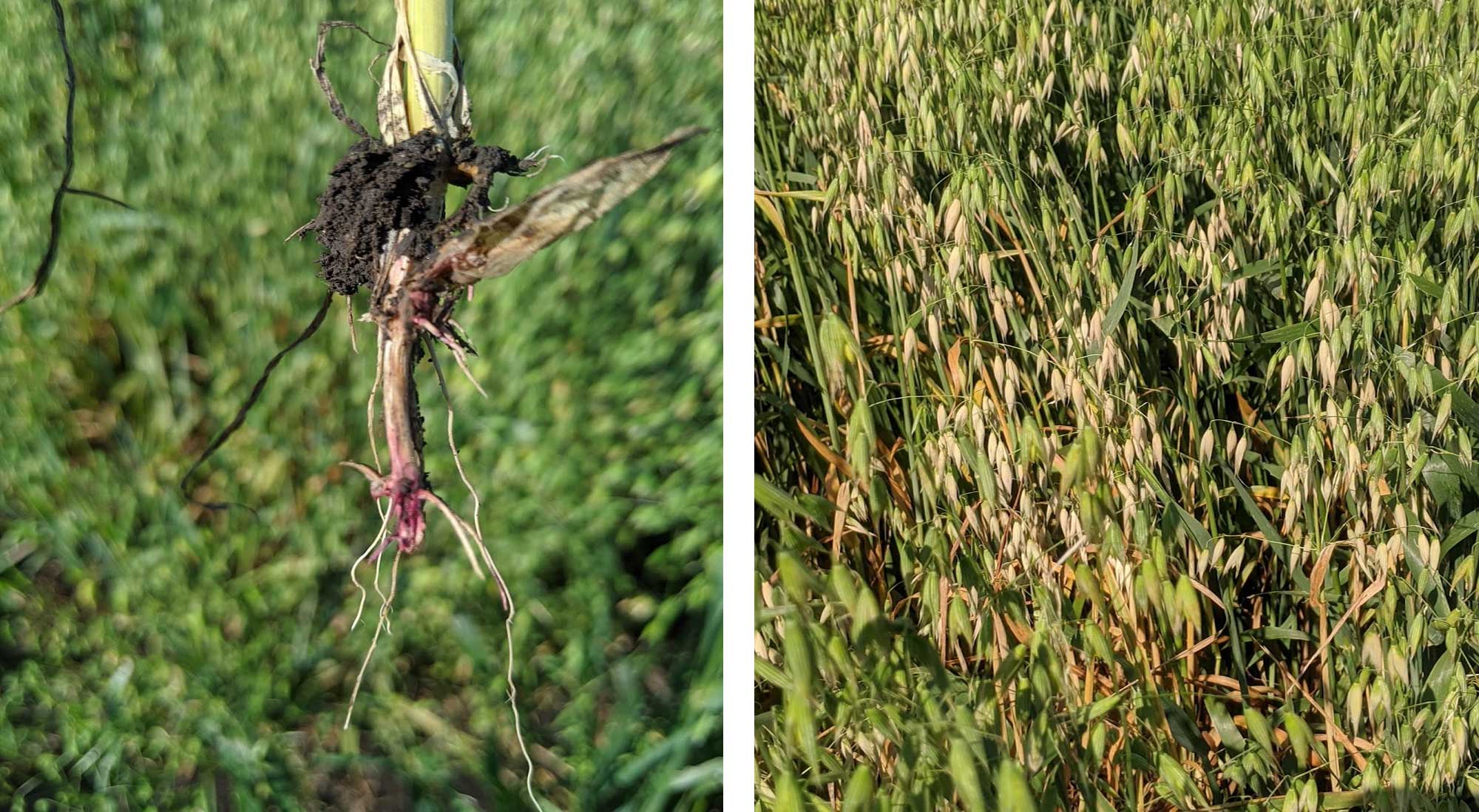
Fusarium Crown and Root Rot Observed in Oats
Some oat fields are showing plants wilting with tillers dying prematurely and heads looking bleached. Inspecting the crown and sub-crown area reveals the discoloration and rotting and sometimes a pinkish color can be observed. These are typical symptoms of Fusarium root and crown rot.
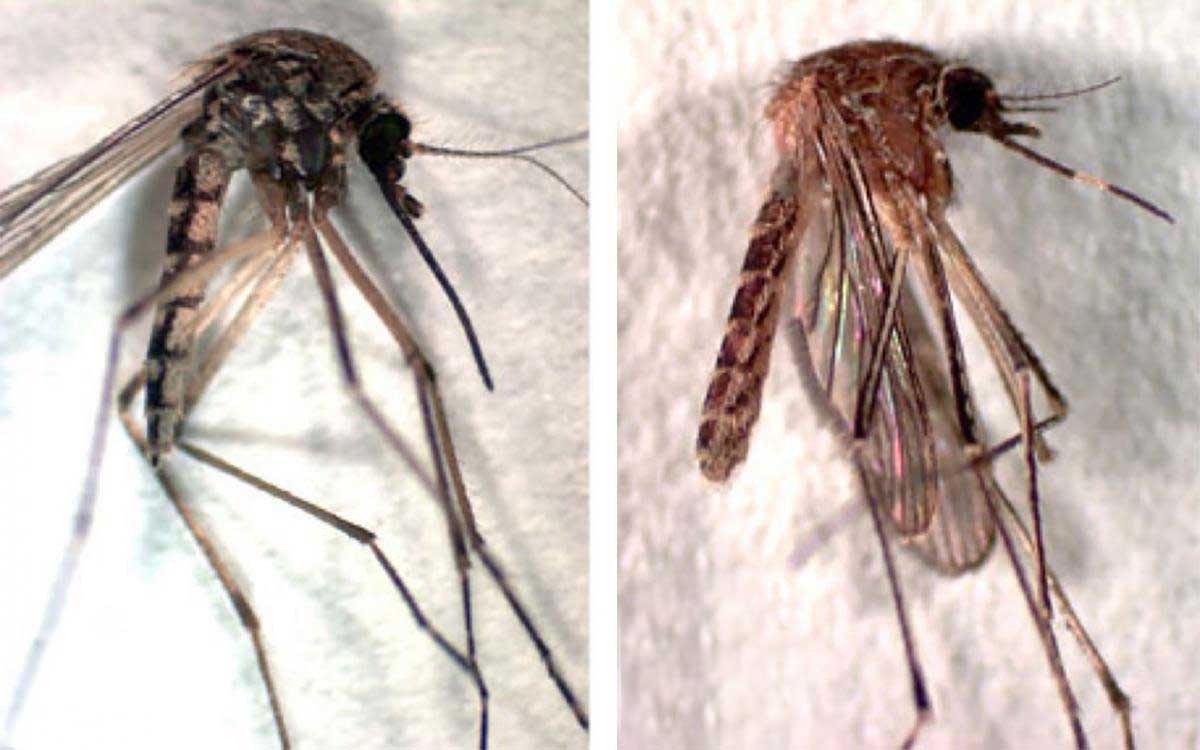
Know Your West Nile Virus Vectors
In some areas of South Dakota, recent precipitation has led to an increase in mosquito activity. To reduce the chances of contracting West Nile Virus, it is important to understand the behavior of the mosquitos capable of vectoring it.

Plant the Seed
In this Grow Getters lesson, students will learn to identify the parts of a seed and the growth and development of a seed to a plant.